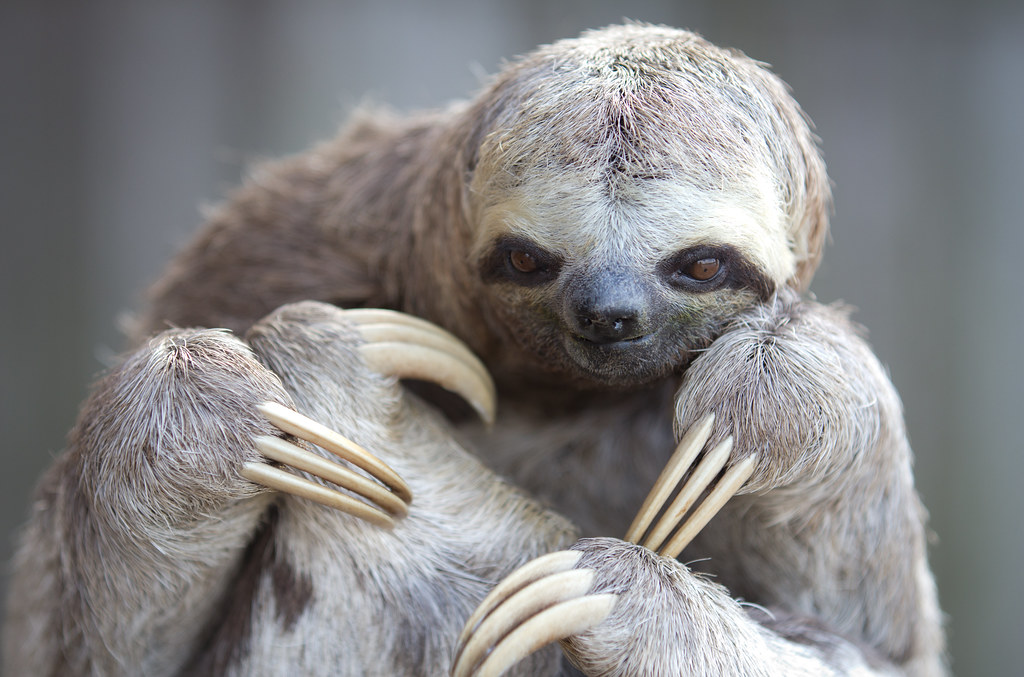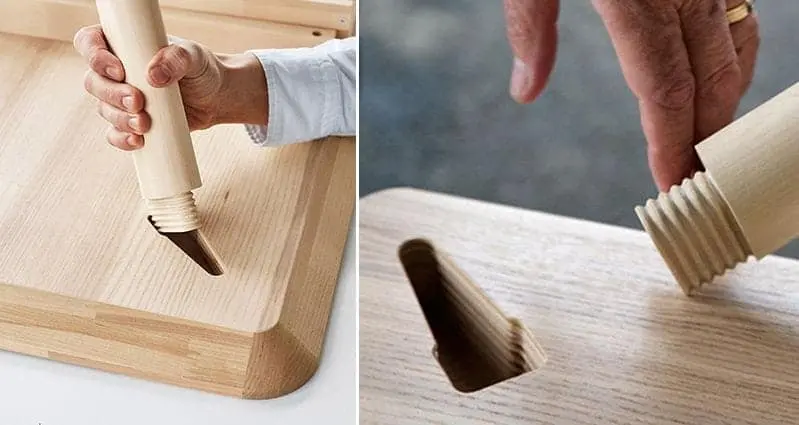Slot Animals
Sloths are medium-sized mammals that live in the Central and South American rainforests.
The sloth got its name from its slow movement, it is not lazy, just slow-moving. The sloth is the slowest mammal on Earth. In total, there are six species of sloth.
Animals Slots Now, who isn’t fond of animals! With people around spending a couple of minutes watching animal videos featured on YouTube and social media sites, it would be a tad unfair to exclude this.
- Sloths are a group of arboreal Neotropical xenarthran mammals, constituting the suborder Folivora. Noted for their slowness of movement, they spend most of their lives hanging upside down in the trees of the tropical rainforests of South America and Central America.
- Welcome to Slots Animal, where you can enjoy 100s of slots and win fab prizes every day. 65X wager requirements, max bonus conversion equal to lifetime deposits (up to £250), read more for full terms.
- Three-toed sloths are some of the slowest and seemingly laziest creatures in the world. Instead of evolving to eat more, they evolved to do less.
Sloths belong to the families ‘Megalonychidae’ and ‘Bradypodidae’, part of the order ‘Pilosa’. Most scientists call these two families the ‘Folivora’ suborder, while some call it ‘Phyllophaga’.
Family Bradypodidae
Genus (Three-toed sloths)
Pygmy Three-toed Sloth (Bradypus pygmaeus)
Maned Three-toed Sloth (Bradypus torquatus)
Pale-throated Three-toed Sloth (Bradypus tridactylus)
Brown-throated Three-toed Sloth (Bradypus variegatus)
Family Megalonychidae
Genus (Two-toed sloths)
Linnaeus’s Two-toed Sloth (Choloepus didactylus)
Hoffmann’s Two-toed Sloth (Choloepus hoffmanni)
Sloth Characteristics
Sloths have a thick brown and slightly-greenish fur coat and are about the size of a cat around 2 feet (61 centimetres) long. Sloths have a short, flat head, big eyes, a short snout, a short or non-existent tail, long legs, tiny ears and sturdy, curved claws are on each foot. They use these claws to hang from trees. Sloths claws serve as their only natural defence. A cornered sloth may swipe at its attackers in an effort to scare them away or wound them. Despite the sloths apparent defencelessness, predators do not pose special problems. In the trees sloths have good camouflage and moving only slowly, do not attract attention. Only during their rare visits to ground level do they become vulnerable.
Some sloths have colonies of green algae encrusting their fur, both adding to the camouflage effect and providing some nutrients to the sloths, who lick the algae during grooming. Sloth fur exhibits specialized functions. The outer hairs grow in a direction opposite from that of other mammals. In most mammals, hairs grow towards the extremities, but because sloths spend so much time with their legs above their bodies, their hairs grow away from the extremities in order to provide protection from the elements while the sloth hangs upside down.
Sloths are quadrupeds (four-legged animals) who ‘walk’ upside-down along tree branches. Sloths only rarely venture to the ground and walk on the ground in an upright position. Sloths are very good at swimming.
Sloths have made extraordinary adaptations to an arboreal browsing lifestyle. Sloths have very large, specialized, slow-acting stomachs with multiple compartments in which symbiotic (the living together of two dissimilar organisms) bacteria break down the tough leaves.
Sloth Diet
Sloths are omnivores. They may eat insects, small lizards and carrion, however, their diet consists mostly of buds, tender shoots and leaves (including leaves from the cecropia tree). It used to be thought that sloths ate mostly cecropia leaves because they were often spotted in cecropia trees. It turns out that they also live in many other trees, but are not spotted there as easily as in cecropia trees.
Sloths have a low metabolic rate and a low body temperature (91° Fahrenheit). This keeps their food and water needs to a minimum. Sloths have small molars which they use to chew up their leafy food. Their stomach has many separate compartments that are used to digest the tough cellulose (a component of plant material that they eat).
As much as two-thirds of a well fed sloths body weight consists of the contents of its stomach and the digestive process can take as long as a month or more to complete. Even so, leaves provide little energy and sloths deal with this by a range of economy measures. They have very low metabolic rates (less than half of that expected for a creature of their size) and maintain low body temperatures when active (30 to 34 degrees Celsius or 86 to 93 degrees Fahrenheit) and still lower temperatures when resting.

Sloth Habitat
Sloths spend almost all of their lives in trees.
Sloth Behaviour
Sloths spend most of their lives hanging upside-down from tree branches. They eat, sleep, mate and give birth upside-down in the trees. Sloths hold onto tree branches with strong, curved claws that are on each of their four feet.
Male sloths are solitary, shy animals. Female sloths sometimes congregate together. Sloths are nocturnal, they are most active at night and sleep all day. They sleep about 15 to 18 hours each day, hanging upside down.
Sloths move only when necessary and even then very slowly. They have about half as much muscle tissue as other animals of similar weight. They can move at a marginally higher speed if they are in immediate danger from a predator (4.5 metres (15 feet) per minute), but they burn large amounts of energy doing so. Sloths sometimes remain hanging from branches after death. On the ground their maximum speed is 1.5 metres (5 feet) per minute. They mostly move at 15 – 30 centimetres (0.5 – 1 feet) per minute.
Sloths are particularly partial to nesting in the crowns of palm trees where they can camouflage as coconuts. They come to the ground to urinate and defecate only about once a week.
Slot Animals
Sloth Reproduction
Sloths may live 10 – 20 years in the wild. Adult females produce a singe baby each year, however, sometimes the sloths lack of movement actually keeps females from finding males for longer than one year. They give birth upside down hanging from a tree branch. Infant sloths normally cling to their mothers fur, but occasionally fall off. Sloths are very sturdily built and rarely die from a fall. In some cases they die from a fall indirectly because the mothers prove unwilling to leave the safety of the trees to retrieve the young.
Sloth Predators
The main predators of sloths are the jaguar, the harpy eagle and humans. The majority of sloth deaths in Costa Rica are from contact with electrical lines and from poachers. Their claws also provide a further unexpected deterrent to human hunters – when hanging upside-down in a tree they are held in place by the claws themselves and often do not fall down even if shot from below.

A sloths main forms of protection are its camouflage (greatly increased by the coating of algae growing on its fur) and its very slow movement. These adaptations make the sloth virtually disappear in the rainforest canopy.
Sloth Conservation Status
Sloth Animal Wikipedia
Although unable to survive outside the tropical rainforests of South and Central America, within that environment sloths are outstandingly successful creatures. They can account for as much as half the total energy consumption and two-thirds of the total terrestrial mammalian biomass in some areas. Of the six species, only one, the Maned Three-toed Sloth, has a classification of ‘endangered’ at present. The ongoing destruction of South Americas forests, however, may soon prove a threat to the others.